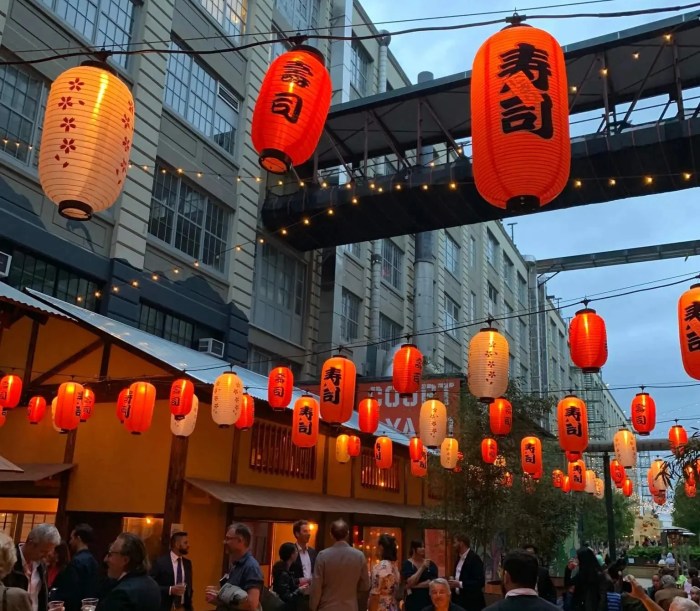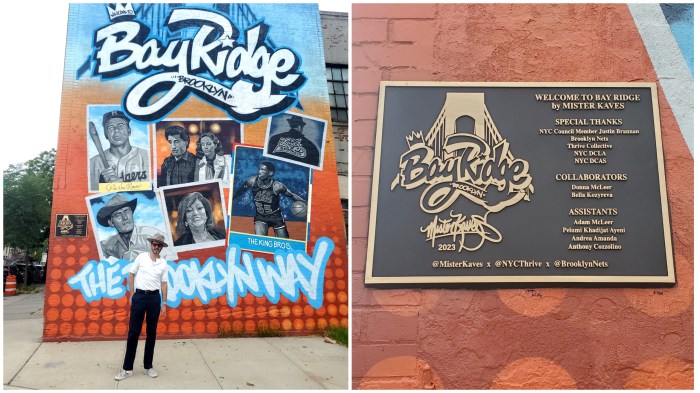In 1955, 25 Japanese women who had been
disfigured by keloid burns after the bombing of Hiroshima came
to Mt. Sinai Medical Center in Manhattan where they were to undergo
reconstructive plastic surgery. The U.S. Air Force provided the
transportation, and city Quakers provided the lodging.
These women, known as "Hiroshima Maidens," were brought
to the United States through the combined efforts of Norman Cousins
who, as editor of the Saturday Review, visited Hiroshima in 1949;
Kiyoshi Tanimoto, a Methodist minister Cousins met on the trip;
and the Hiroshima Peace Center Association.
The maidens’ stay here caused a media frenzy that climaxed in
several of the women appearing, along with Tanimoto’s wife and
children, on "This Is Your Life," a television show
(hosted by Ralph Edwards from 1952 to 1961) that helped famous
personalities relive their lives by asking them to identify people
from their past after hearing them speak from behind a curtain.
In one of the most bizarre episodes in television history, the
Hiroshima Maidens actually met Capt. Robert Lewis, co-pilot of
the Enola Gay, the B-29 bomber that dropped the atomic bomb on
Hiroshima.
Lewis was reportedly not told he would meet these women. But
before the taping he began to realize what the show’s producers
were planning and fled the studio. Later he was found in a bar,
somehow persuaded to return to the studio (one cannot imagine
how) and the taping proceeded.
A surviving tape shows Lewis describing the bombing and how he
watched Hiroshima disappear before his eyes. He reports later
writing down, "My God, what have we done?"
Dan Hurlin, who wrote and directs "Hiroshima Maiden"
– a puppet play at St. Ann’s Warehouse through Feb. 1 – first
heard about the Maidens from his friend, historian David Serlin,
and couldn’t stop thinking about these women, most specifically
their extraordinary encounter with Capt. Lewis.
Hurlin, whose previous works dealt with the abuse of power [the
1990 Obie-winning "A Cool Million" and the 1995 "No(thing
as powerful as)Truth"], traveled to Hiroshima in 2001, met
one of the maidens, Michika Yamaoka, who was 15 years old at
the time of the bombing, and found in her story the inspiration
for "Hiroshima Maiden."
"Hiroshima Maiden" uses elements from Bunraku, a style
of narrative puppetry developed in 17th-century Japan, as well
as other graphic and visual devices (dance, posters, slides)
all set to the incredible music of Robert Een, who mixes jazz,
Asian, vocal and instrumental music in moving and melodious ways.
(Cellist-vocalist Een is joined by Jeff Berman and Bill Ruyle.)
Given the great drama inherent in his material, it’s amazing
that so much of "Hiroshima Maiden" is so bland.
Hurlin, who teaches dance and puppetry at Sarah Lawrence College,
believes puppets can be more powerful purveyors of human emotion
than people. But with nine puppeteers manipulating a handful
of smaller-than-life-sized puppets, it’s often hard to concentrate
on the puppets and not their handlers.
Add to this Hurlin’s many graphic tics, and "Hiroshima Maiden"
becomes as abstract as E=mc2.
Between the scenes from Yamaoka’s life, a narrator (Dawn Akemi
Saito), sitting by the musicians, tells the story of a young
American boy growing up in the ’50s, refusing to watch Lucy humiliate
herself on "I Love Lucy" (a show Hurlin himself always
hated), hiding under his school desk during an emergency drill
for a possible nuclear war, and enduring the scathing remarks
of his vicious music teacher.
Are these lessons in the different types of degradation humans
inflict on themselves and others? Do they form Hurlin’s picture
of what it was like to grow up in the paranoid 50s? Whatever
his intentions, these scenes do provide a humorous and much-needed
break from the tension and pain of the tragic women’s story.
And the narrator’s imitation of the sounds generated by channel
surfing – show, commercial, show, commercial – is an amazing
tour-de-force.
Hurlin, a gay man whose ancestors came to America on the Mayflower,
claims to view the world both as an outsider and a denizen of
the dominant culture. Although this might give him a balanced
vision, in "Hiroshima Maiden" it seems to burden him
with both the guilt of the European oppressor and the anger of
someone who is unable to lay complete claim to his privilege.
There are many aspects to the story of the Maidens that Hurlin
leaves out. He doesn’t mention that when these young women returned
to Japan they were ostracized not only because the bombing of
Hiroshima was considered a national shame, but also because they
were believed to have committed an act of betrayal by traveling
to America and becoming "Americanized" – on stage shown
by having the doctors sew a cut-out dress onto the puppet.
Hurlin barely mentions the role of Cousins, who adopted one of
the Japanese women. And he doesn’t mention at all the Quakers
who opened their hearts and their homes to these visitors from
Japan.
As for the bombing of Hiroshima, we see Capt. Lewis in church
before boarding the plane, but there is nothing about Japanese
actions that may have provoked the bombing, such as the rape
of Nanjing, the bombing of Pearl Harbor or the torturing of prisoners.
How much more textured, how much more thoughtful would this story
have been had Hurlin presented it in all its complexity?
One suspects "Hiroshima Maiden" is supposed to be about
human suffering and reconciliation (remember that meeting between
the maidens and the pilot), but to this reviewer it seems more
about guilt and expiation. In the end, there’s more polemic than
poetry in this piece.
MAPP/MultiArts Projects & Productions
production of "Hiroshima Maiden" plays through Feb.
1, Wednesdays through Saturdays at 8 pm, Sundays at 4 pm. Tickets
are $25. St. Ann’s Warehouse is located at 38 Water St. between
Main and Dock streets in DUMBO. For more information, call (718)
254-8774 or visit www.stannswarehouse.org.























